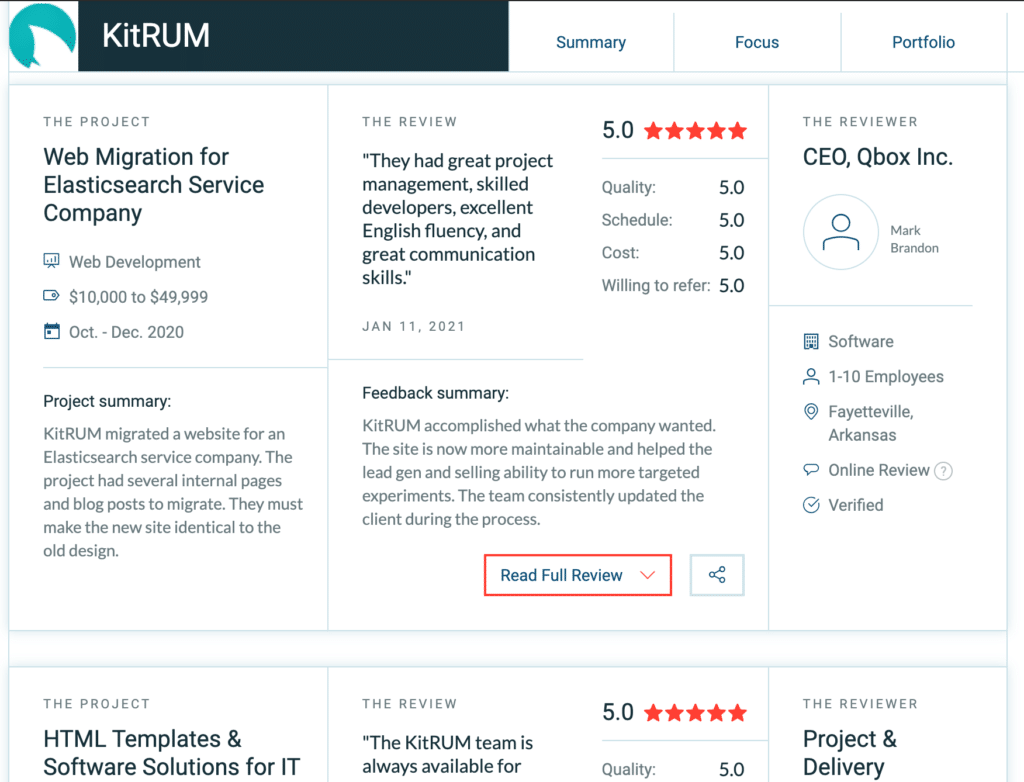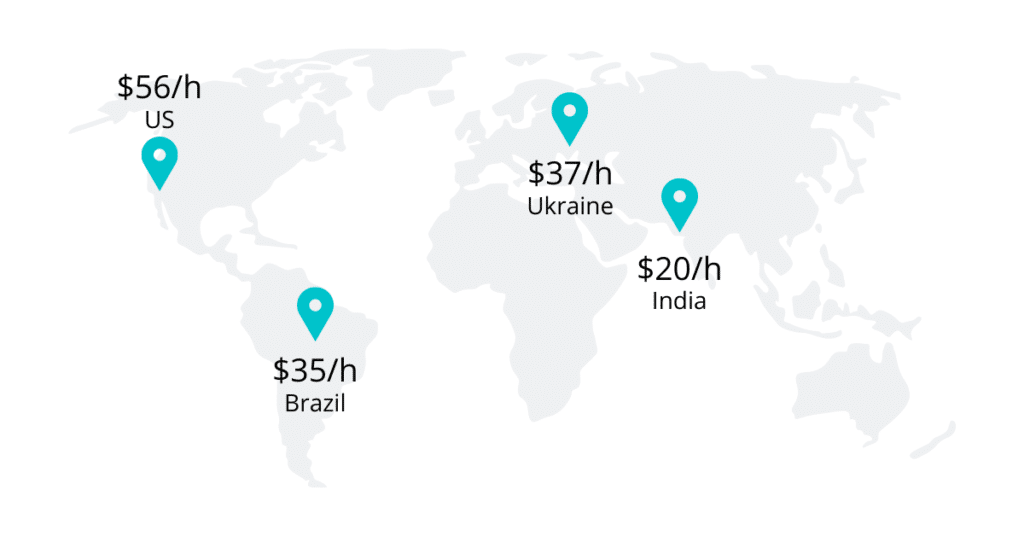11 Steps Guide How To Choose an Outsourcing Partner
There are a few important things to consider when choosing the right outsourcing partner, whether it’s a freelancer or a company. Of course, the first contact, the first conversation with a potential partner, gives you a feeling of whether cooperation could work or not. But of course, you cannot rely on that alone.
Here we have put together some tips from our own experience that can help you in this selection process:
1. Define the Size of Your Project
Defining the complexity and multilayers is key to a better understanding of how to perform it.
If so, you might want to consider outsourcing a company rather than a freelancer. A single person might be a great back-end developer, but they might not be the most experienced tester, for example. A company usually has a wide range of experienced experts who can be deployed in different areas of your project.
If your project is rather small, or if you only want to outsource a certain, clearly defined part of the project, a freelancer can also be the right choice. Just make sure that the tasks and interfaces are clearly formulated.
2. Explore the Limits of Skills & Expertise
Check-in detail which similar projects your potential outsourcing partner has already worked on:
- When was the last assignment on a comparable project?
- Can the same team/person from such a comparable project also be used in your project?
- Are there any verifiable references or recommendations?
3. Contact Past and Present Clients
Continuing the last point’s idea – make sure you talk to your possible partner’s previous business associates and clients. Ask for a list of characteristics and pay attention to the drawbacks of the performed task they mention.
One of the best ways to find out what does previous clients are saying about the company – check their Clutch or Good firm account. Let’s see how do these reviews look like for example in a KITRUM account?

4. Check Reliability
Ask questions about methods, standards, and types of cooperation to find out how resilient and reliable the experience of a potential partner is:
- Since when has the company or the freelancer been outsourcing?
- How does the partner rate your project?
- Does he seem more routine in his analysis or does he seem to be seeing such a task for the first time?
- How many people would work on your project?
- Which contractual conditions and regulations are offered?
5. Inspect Project Management System
It is essential to clarify in advance how the work in your project will be organized and how the project management will be carried out. For example, you should know whether you need a dedicated project manager for the project on your side or can you or a representative of a specialist department manage the project with the outsourcing partner.
Also, check if you can agree on a rough procedural model and a milestone plan with the outsourcing partner.
Ask for an initial estimate for a rough budget. Of course, that depends a lot on the input that you can provide yourself – but you will find out how comfortable an outsourcing partner feels with estimates and deadlines in general.
Is linguistic knowledge of potential developers sufficient for professional project work?
These questions sound banal at first, but you will notice at the latest at the beginning of the project that they concern very elementary topics.
6. Establish the Framework Conditions
Establish the framework conditions of the project. Always double-check the documentation with terms of cooperation with a possible project partner and document this accordingly: who are the people involved, who takes on which roles, how does communication take place, which reporting is required, which technical platforms are used – to name just a few key points. Here at KITRUM before any discussion, estimates, and agreement, we sign NDA. This agreement secures our cooperation and keeps both parts safe and sound.
If you can’t find a satisfactory arrangement, it’s probably the wrong partner.
7. Evaluate Cost and Volatility
Of course, costs are a central issue, after all, business is always about money in the end. That is why you should get as precise a picture as possible of the budget within which your project is moving and which buffer you should perhaps plan for.
For example, the average price for an hour for a developer in the US is $47 (in California even $56.40 as it our lovely Silicon Value) while in Ukraine it’s $37. Reasonable gap, yep? But even more – in India, the hourly rate for developers is $20. If you think that price is equal to the quality you’re mistaken. You have to constantly keep in mind the concept “cost of ownership”. You can spend $100k on the product that doesn’t work and therefore +$100k to make it works. Is this what are you looking for? Probably no. So in this case it’s better to choose the middle ground.

The budget depends heavily on whether you start with an elaborated specification and can work “classically”, for example, according to a waterfall, or – in the absence of precise specifications and/or in expectation of many changes and new ideas during the ongoing project – want to proceed more agile. But in both cases your outsourcing partner should have the same understanding of the initial situation as you and, above all, agree with you about how great the variances are and how you can jointly deal with volatility in the project.
8. Be Aware of Risks
Be careful about the risks you are running if your project is outsourced to a freelancer or a company:
- What precautions are taken to avoid data loss?
- Which backup strategy is implemented?
- What types and levels of security for data and information are offered to protect them from unauthorized third parties?
9. Arrange the Means of Communication
Since communication is an elementary parameter for the success of a project, you should pay particular attention to this aspect. Make sure to meet the project manager personally who would take over your project in the case of managed Outsourcing IT Services.
Discuss with him how status updates, regular reports, and general communication should take place in the project – and how you would like to deal with unforeseen problems, i.e. ad hoc communication and escalation.
Determine the platform or system that you want to use for regular communication and reporting. In the simplest case, this can be a ticketing system such as Jira or Redmine, or a more complex project management application to which you both have access.
10. Secure the Deadlines
How important are deadlines for your project? Communicate this to a possible outsourcing partner and check how they can deal with deadlines. A freelancer is obviously at greater risk as they will not have a backup in case they fail for any reason. But also in companies, it must be guaranteed that failures can be replaced within a reasonable period of time and with clarified cost issues.
11. Ask for Support
Last but not least, don’t forget to talk about long-term support when considering an outsourcing partner. In many cases, it is important to get support beyond the legal warranty in order to ensure smooth long-term operation.
Stay tuned, keep an eye out and work with the best people.









